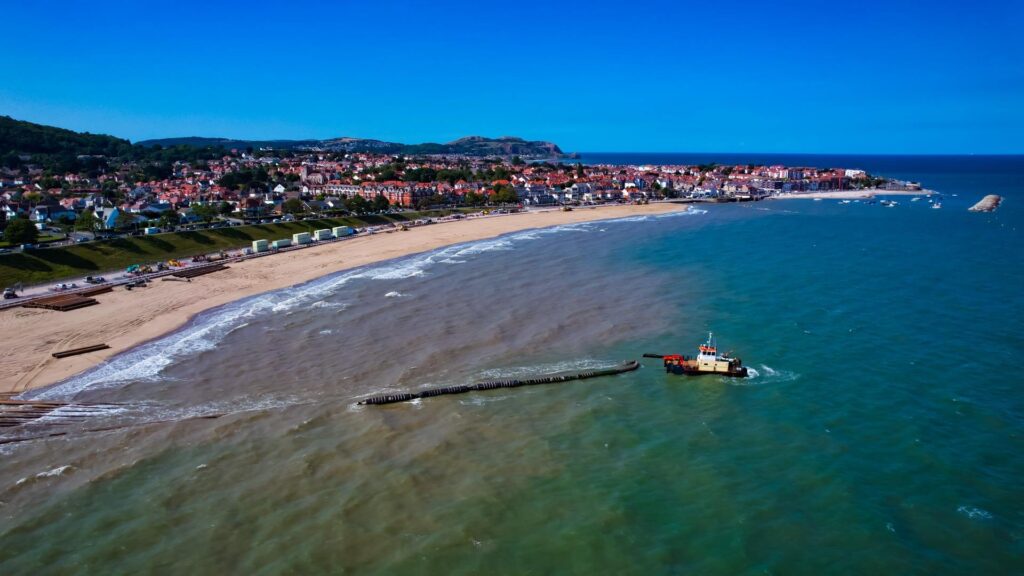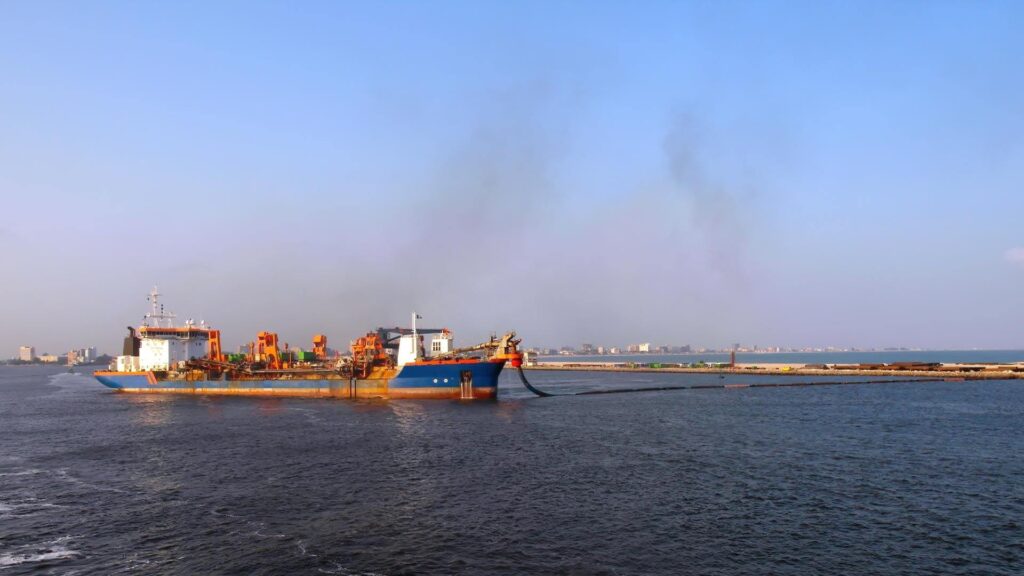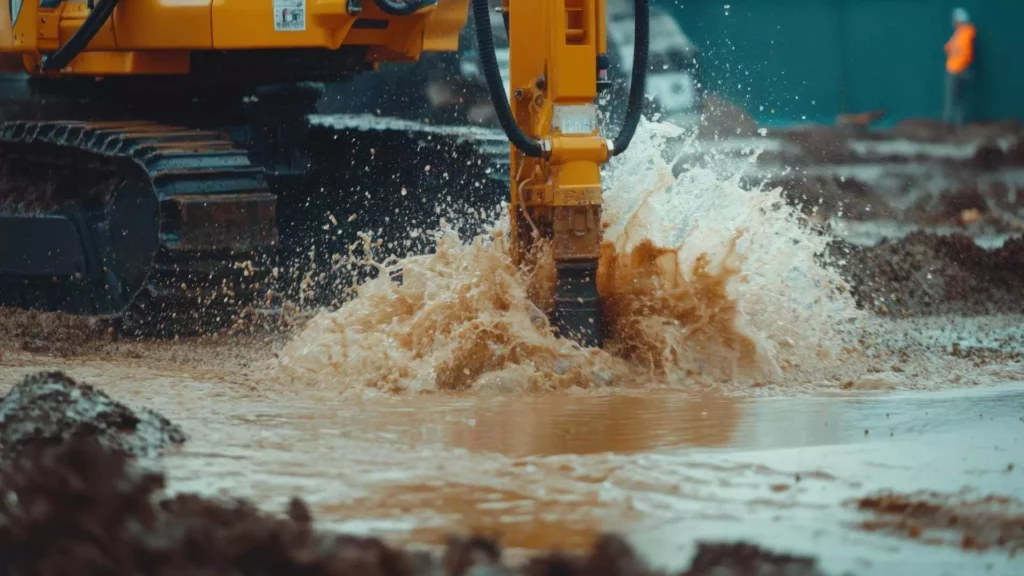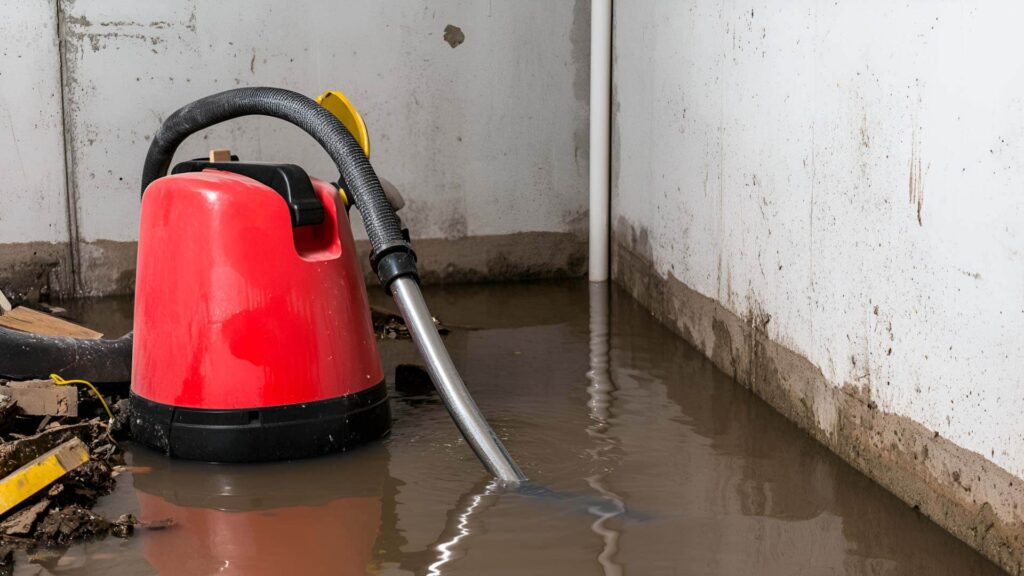The Role of Land Reclamation in Urban Development and Coastal Protection
Land reclamation is the process of converting unusable land, such as wetlands, deserts, or water bodies, into land suitable for agriculture, urban development, or other purposes. It encompasses various techniques, including filling, draining, dredging, and restructuring land to make it viable for human use. Land reclamation has been a transformative tool in urban development, enabling the expansion of cities and infrastructure, and in coastal protection, safeguarding communities against rising sea levels and erosion. Land reclamation has been practiced for centuries. The Netherlands, for example, is famous for its innovative reclamation projects, where vast areas of land have been reclaimed from the sea to create habitable and productive regions. In modern times, land reclamation has gained even more prominence, particularly in rapidly urbanizing areas like Dubai, Singapore, and Hong Kong, where limited space has necessitated creative solutions to meet urban demands. However, as beneficial as it is, land reclamation also poses significant environmental challenges. These include the loss of natural habitats, disruption of ecosystems, and potential long-term ecological damage. A specific subset of reclamation, mining land reclamation, highlights the importance of restoring mined areas to productive states while minimizing environmental harm. Balancing development goals with environmental preservation is critical for sustainable land reclamation. By implementing thoughtful planning, innovative technologies, and sustainable practices, we can ensure that land reclamation serves both humanity and nature in the long run, contributing to resilient urban growth and environmental stability. Understanding Land Reclamation Land reclamation is the process of transforming unproductive or unusable land into land suitable for agriculture, urban development, or other human activities. The land reclamation meaning includes techniques that alter the physical characteristics of land, such as raising its elevation or improving its stability, to make it functional. This practice has been instrumental in addressing challenges related to limited land availability, urbanization, and environmental protection. There are several types of land reclamation methods, each tailored to specific site conditions and objectives: Land reclamation’s key objectives include urban expansion to accommodate growing populations, coastal defense to protect against rising sea levels and erosion, and resource recovery for sustainable land use. Each of these goals underscores the importance of land reclamation in modern development. By employing thoughtful planning and sustainable practices, land reclamation continues to play a vital role in creating usable land while addressing environmental and urban challenges. The Role of Land Reclamation in Urban Development Land reclamation plays a critical role in addressing the challenges posed by growing urban populations and limited land availability. By transforming unusable land into functional spaces, it provides much-needed real estate for residential, commercial, and infrastructure development. Land reclamation meaning extends beyond just creating new land—it also supports sustainable urban planning and economic growth by enabling cities to expand in a controlled and efficient manner. Land reclamation has become a key strategy for urban growth in densely populated areas where natural land is scarce. Cities like Singapore and Hong Kong have successfully used land reclamation to expand their urban footprints, creating space for housing, transportation networks, and industrial zones. This approach alleviates overcrowding and allows for the development of modern, well-planned urban areas. However, urban land reclamation projects also come with challenges. One major concern is the environmental impact, as reclamation can disrupt ecosystems, alter hydrology, and lead to habitat loss. Additionally, the high cost of reclamation projects and the need for advanced technologies often pose financial and logistical hurdles. Despite these challenges, innovations in sustainable practices and reclamation techniques have opened up new opportunities. Mining land reclamation, for example, highlights how disturbed land can be restored and repurposed for urban use. By combining mining land reclamation with urban planning, cities can transform previously unusable land into valuable assets, supporting long-term development. By understanding the land reclamation meaning in the context of urban development, stakeholders can ensure that projects are not only functional but also environmentally sustainable, fostering growth and resilience in expanding cities. Land Reclamation for Coastal Protection Land reclamation plays a crucial role in mitigating the effects of coastal erosion and rising sea levels, which are pressing challenges for many coastal communities. Transforming vulnerable or submerged areas into stable land provides a buffer against the encroachment of seawater and helps protect existing infrastructure and populations. Land reclamation’s meaning in coastal protection extends to creating new land while safeguarding existing coastlines, ensuring both economic and environmental sustainability. One of the most notable applications of land reclamation in coastal defense is the creation of artificial islands and raised landmasses that act as barriers against storm surges and wave action. Projects such as the Palm Islands in Dubai and the Maeslantkering barrier in the Netherlands illustrate how engineered solutions can combine with land reclamation techniques to protect valuable coastal assets. Sustainable coastal defense increasingly integrates natural and engineered solutions. For example, land reclamation projects now often incorporate wetlands, mangroves, or coral reefs to enhance ecological resilience while providing physical protection. This dual approach ensures long-term benefits, as these ecosystems help absorb wave energy, reduce erosion, and promote biodiversity. Mining land reclamation can also contribute to coastal protection. By repurposing mined materials and restoring disturbed lands near coastal areas, these projects can create barriers or reinforce vulnerable zones. This innovative use of mining land reclamation not only addresses erosion but also supports resource recycling. Understanding the land reclamation meaning in the context of coastal protection highlights its importance in building resilience against climate change and safeguarding communities while integrating natural and engineered solutions for sustainable outcomes. Mining Land Reclamation and Environmental Restoration Mining land reclamation is a specialized branch of land reclamation focused on restoring lands that have been disturbed by mining activities. It addresses the environmental and social challenges posed by mining, ensuring that previously mined areas are returned to productive or natural states. The land reclamation meaning in this context extends to reviving degraded ecosystems, improving soil quality, and creating opportunities for agriculture, recreation, or conservation. The primary goal of mining land reclamation is to minimize the long-term environmental impacts of mining. This includes stabilizing the land,
The Role of Land Reclamation in Urban Development and Coastal Protection Read More »




